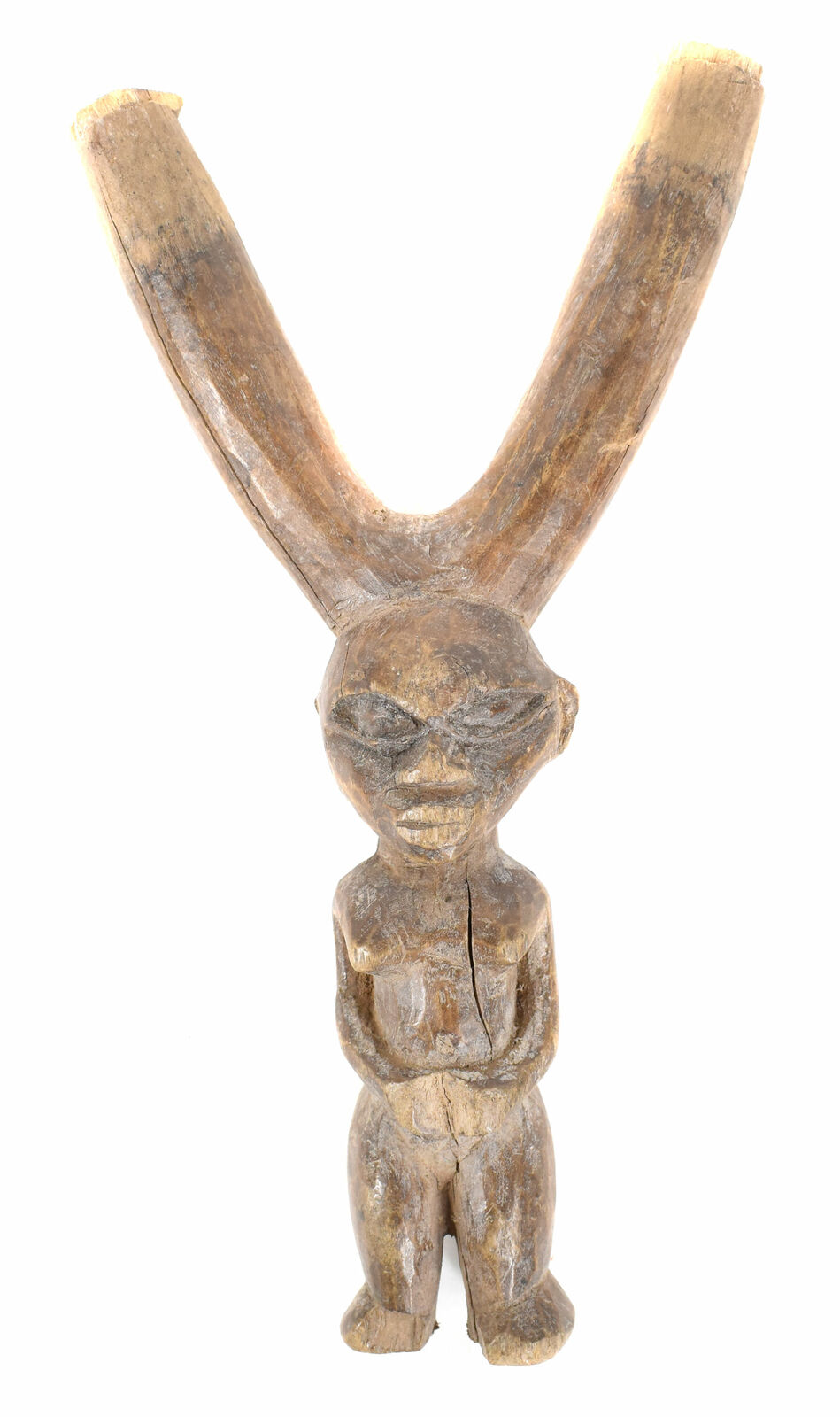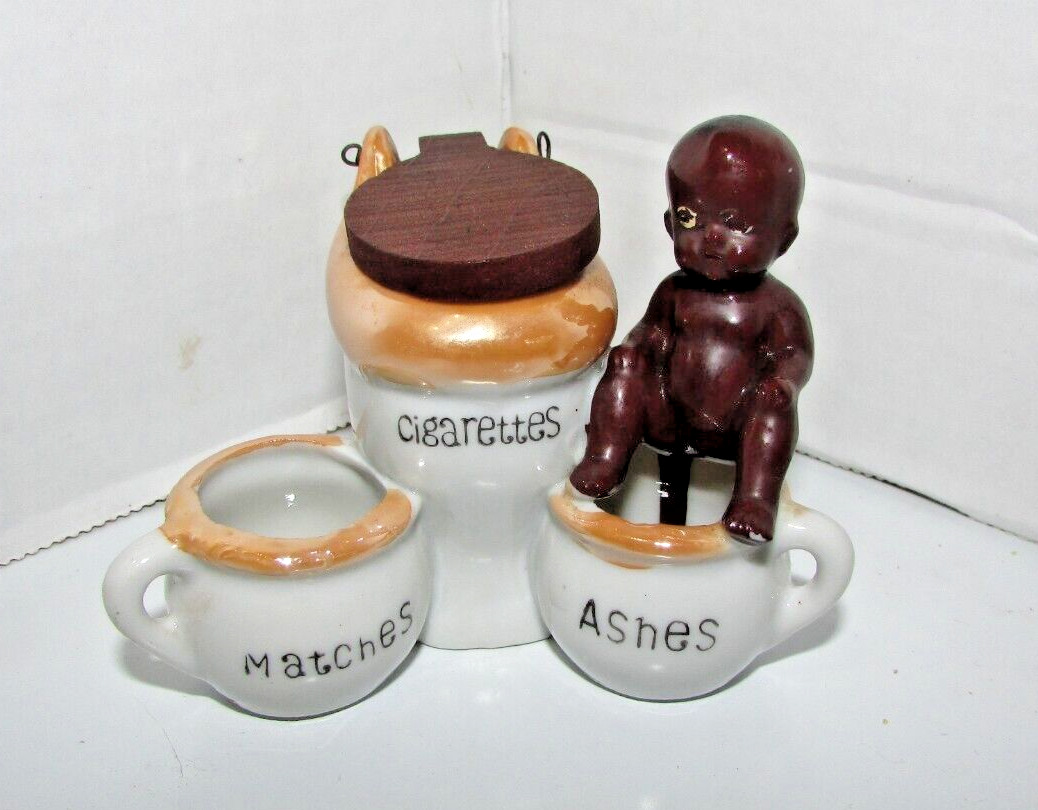-40%
210503 - Large ANTIQUE Ethiopian Coptic Church Painting - Ethiopia.
$ 871.2
- Description
- Size Guide
Description
Beautiful traditional Coptic Church wall painting from Ethiopia.Painted on antique cotton in the traditional Ethiopian colors.
This painting is from end 19th century and comes from the wall of a coptic
church.
The dimensions of this church painting are 195 cm x 135 cm.
You can pick it up or I will ship it by registered and insured mail with track and trace in a secure tube.
Church paintings in Ethiopia were likely produced as far back as the introduction of Christianity in the 4th century AD, although the earliest surviving examples come from the church of Debre Selam Mikael in the Tigray Region, dated to the 11th century AD. However, the 7th-century AD followers of the Islamic prophet Muhammad who fled to Axum in temporary exile mentioned that the original Church of Our Lady Mary of Zion was decorated with paintings. Other early paintings include those from the rock-hewn churches of Lalibela, dated to the 12th century AD, and in nearby Geneta Maryam, dated to the 13th century AD. However, paintings in illuminated manuscripts predate the earliest surviving church paintings; for instance, the Ethiopian Garima Gospels of the 4th-6th centuries AD contain illuminated scenes imitating the contemporary Byzantine style
Ethiopian painting, on walls, in books, and in icons, is highly distinctive, though the style and iconography are closely related to the simplified Coptic version of Late Antique and Byzantine Christian art. It is typified by simplistic, almost cartoonish, figures with large, almond-shaped, eyes. Colours are usually bright and vivid. The majority of paintings are religious in nature, often decorating church walls and bibles. One of the best known examples of this type of painting is at Debre Berhan Selassie in Gondar, famed for its angel-covered roof (angels in Ethiopian art are often represented as winged heads) as well as its other murals dating from the late 17th century. Diptychs and triptychs are also commonly painted with religious icons. From the 16th century, Roman Catholic church art and European art in general began to exert some influence. However, Ethiopian art is highly conservative and retained much of its distinct character until modern times. The production of illuminated manuscripts for use continued up to the present day. Pilgrimages to Jerusalem, where there has long been an Ethiopian clerical presence, also allowed some contact with a wider range of Orthodox art.
Churches may be very fully painted, although until the 19th century there is little sign of secular painting other than scenes commemorating the life of donors to churches on their walls. Unusually for Orthodox Christianity, icons were not usually kept in houses (where talismanic scrolls were often kept instead), but in the church. Some "diptyches" are in the form of a "ark" or tabot, in these cases consecrated boxes with a painted inside of the lid, placed closed on the altar during Mass, somewhat equivalent to the altar stone in the Western church, and the antimins in other Orthodox churches. These are regarded as so holy that the laity is not allowed to see them, and they are wrapped in cloth when taken in procession.
Ethiopian diptychs often have a primary wing with a frame. A smaller second wing, which is only the size of the image within the frame, is painted on both sides to allow closed and open views. Icons are painted on a wood base support, but since about the 16th century with an intervening cloth support glued to a gesso layer above the wood. The binding medium for the paint is also animal-based glue, giving a matt finish which is then often varnished. A range of mostly mineral pigments are used, giving a palette based on reds, yellow and blues. Underdrawing was used, which may remain visible or reinforced by painted edges to areas of colour in the final layer.
From the 15th century the Theotokos or Virgin Mary, with or without her Child, became increasingly popular. They used versions of a number of common Byzantine types, typically flanked by two archangels in iconic depictions. She is often depicted with a neighbouring image of a mounted Saint George and the Dragon, who in Ethiopian Orthodox Christianity is regarded as especially linked to Mary, for carrying messages or intervening in human affairs on her behalf.
A SUMMARY OF OUR AFRICA-GALLERY SELLING POLICIES
Payment
- PayPal preferred. For other payment methods please contact us before bidding.
Shipping
- We ship worldwide. We try and get shipments out as quickly as possible after payment, usually shipping four times weekly.
Combined shipping
- For buyers of multiple items please email us when done shopping for your combined invoice with reduced shipping fees. For urgent deliveries we can arrange courier shipments via DHL (additional charges incurred to be covered by the buyer).
Delivery
– Delivery to most destinations is anywhere between 2 to 8 business days inside Europe and 16 to 21 business days to the rest of the world, after receiving our email confirmation that the item has been shipped. Parcels shipped from the Netherlands are sent using the Post NL and the parcel status is traceable online.
Refunds & Returns
– We are aiming for your complete satisfaction. If for any reason you are not 100% satisfied with your purchase please return the item to us for a complete refund or exchange. No hassles, no questions asked. Refunds will be issued via PayPal or by Bank only. The shipping cost are not refund.
Please Contact Us
– For any questions, concerns, or clarifications before bidding on or purchasing an item. We are usually able to respond within 24 hours. To avoid spam filters please establish initial contact through the eBay messaging system.
Thank you,
Gijs van Kuijk.




















